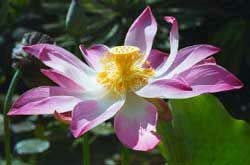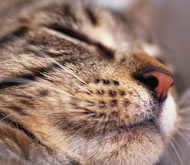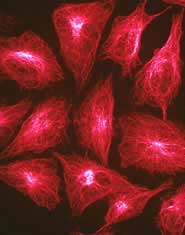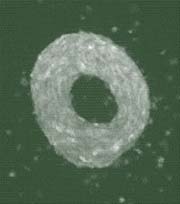Articles and reports from the Life Sciences and chemistry area deal with applied and basic research into modern biology, chemistry and human medicine.
Valuable information can be found on a range of life sciences fields including bacteriology, biochemistry, bionics, bioinformatics, biophysics, biotechnology, genetics, geobotany, human biology, marine biology, microbiology, molecular biology, cellular biology, zoology, bioinorganic chemistry, microchemistry and environmental chemistry.

Research chemists at the University of Warwick have devised and patented a new process called Living and Controlled Radical Polymerisation which can cheaply and easily grow designer polymers (plastics). They have already used the process to produce a wide range of designer polymer designs that are now being tested by major companies for use in applications as diverse as hairspray, anti-obesity drugs and inkjet printer ink.
Previously “designer-polymers” could only be synthesised by resorting

Nearly 500 years after forming in their parent plant, lotus seeds from a Chinese lakebed have sprouted seedlings of their own, researchers say. According to the lead author of a study detailing the findings, published in the current issue of the American Journal of Botany, the cultivation of offspring from seeds this ancient is “a first in plant biology.”
Biologist Jane Shen-Miller of the University of California, Los Angeles, and colleagues collected 20 ancient lotus seeds on a trip to Chi

Land of nod is a learning experience
Cramming all night might help you to scrape through exams, but it won’t make you clever in the long run. Human and animal experiments are lending new support to a common parental adage: that a good night’s sleep is essential to learning.
“Modern life’s erosion of sleep time could be seriously short-changing our education potential,” warned Robert Stickgold of the Massachusetts Institute of Technology at the meeting of American Associatio

Glowing nanobots map microscopic surfaces.
Unleashing hordes of molecular robots to explore a surface’s terrain can produce maps of microscopic structures and devices with higher resolutions than those produced by conventional microscopes, new research shows.
Each robot has a ’light’ attached to it, allowing its random movements to be tracked around obstacles, through cracks or under overhangs. Adding the paths of hundreds of wandering nanobots together builds up a map of th

Researchers studying plant behaviour have discovered similarities between the processes preventing plants from wilting and humans from suffering impotence. Data recently published by the University of the West of England shows the same chemical chain of events is involved in both situations – and has led to an understanding of how water loss from plants might be reduced.
This blocking action has parallels with the chemical effect of impotence treatments in humans. Plants lose water through

Miniature floating craft can be programmed to move and assemble in complex ways.
Harvard chemists are playing with bath toys. Floating bubble-powered craft designed to attract and repel one another, are helping them model the machinations of groups such as foraging ants, nest-building termites or schools of fish 1 .
Group dynamics are not always obvious from individuals’ behaviour, but emerge from their interactions. Computer models can simulate such processe